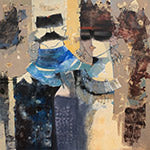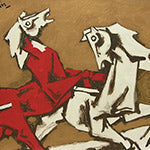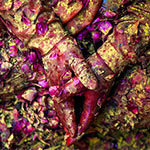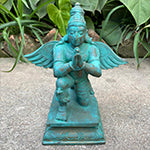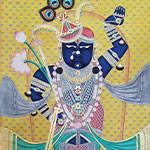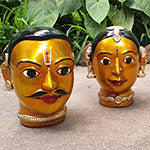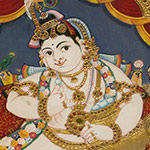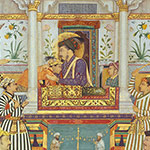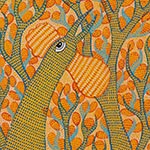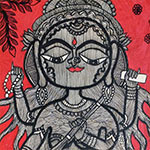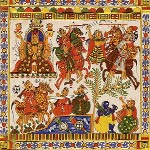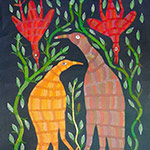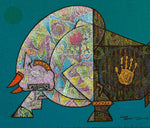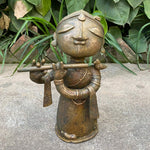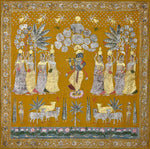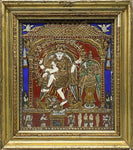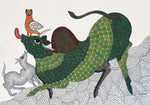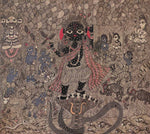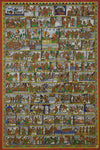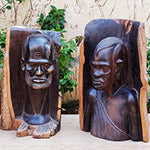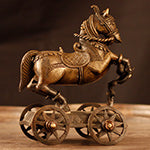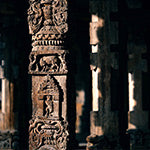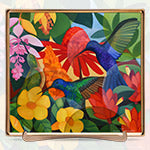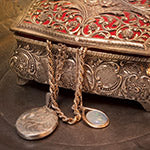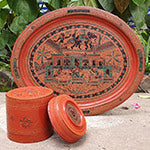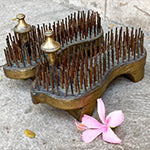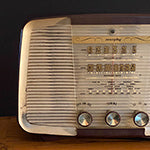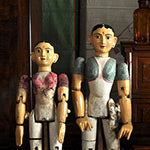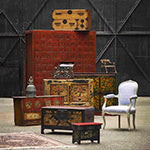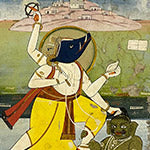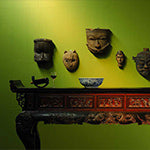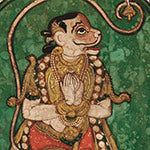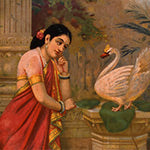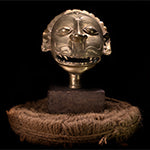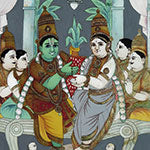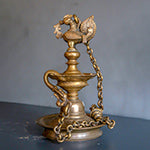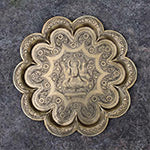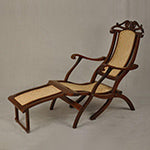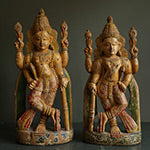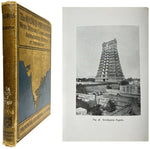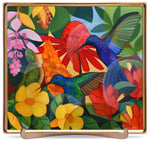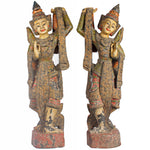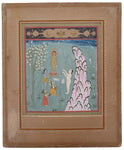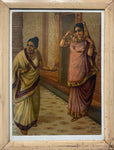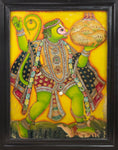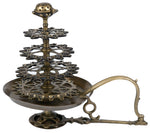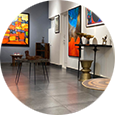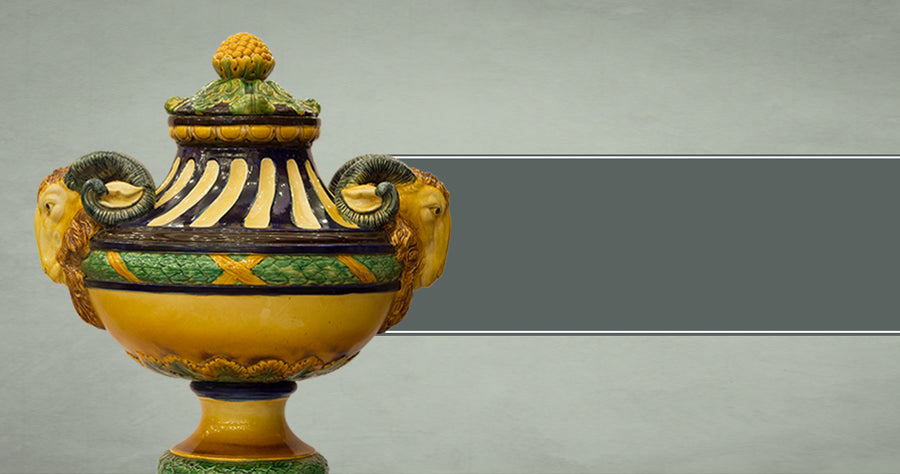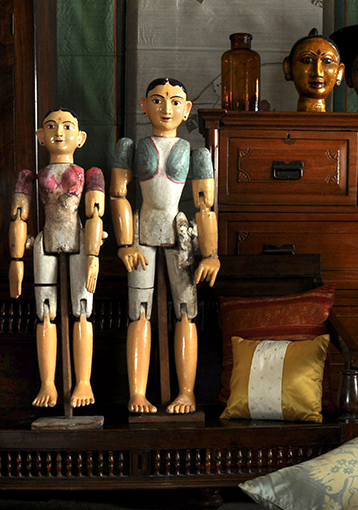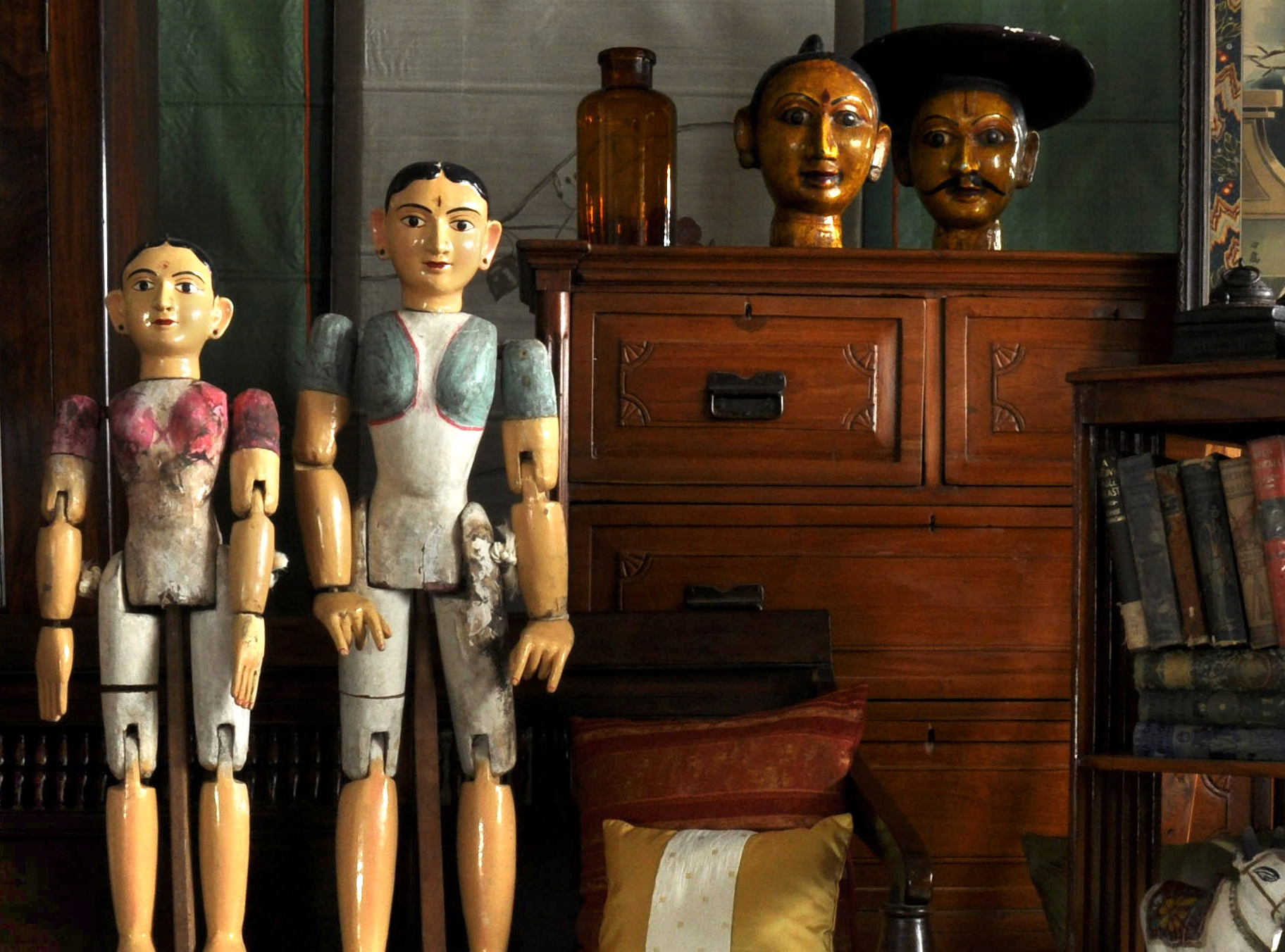4 Men Who've Shaped the Indian Contemporary Art Scene
Creators And CollectorsThey say you need to look at the artistic movements of a country to truly understand its changing culture. A look at the Contemporary Art of India, and that rings true. From developments in mass media, to the opening of the economy or the onslaught of the internet, Indian contemporary art has been a reflection and reaction to all these and more.
 (From Left to Right: Atul Dodiya, Subodh Gupta, Jitish Kallat, Jagannath Panda)
(From Left to Right: Atul Dodiya, Subodh Gupta, Jitish Kallat, Jagannath Panda)
Here are 4 of India’s most established male contemporary artists, who have made waves in India and abroad with their stunning works.
Atul Dodiya
Celebrated artist Atul Dodiya’s artworks have been exhibited across the world. His paintings and installations are rooted in ‘Indianess’ and engage both art history and political imagery.
 (Atul Dodiya. Image source: redroomboulevard.wordpress.com)
(Atul Dodiya. Image source: redroomboulevard.wordpress.com)
In his earlier works from the 1980’s, Dodiya created photo-realistic paintings. His 1994 work “The Bombay Buccaneer” was a spoof on the poster of the film Baazigar, in which he completely departed from his earlier style, and featured himself as the protagonist.
 ('The Bombay Buccaneer', 1994. Image source: bostonhassle.com)
('The Bombay Buccaneer', 1994. Image source: bostonhassle.com)
Mahatma Gandhi features prominently across Dodiya’s works. In ‘An Artist of Non-Violence,’ he constructed a biography of Gandhi by painting the most mundane details of his life.
 ('Bapu at Rene Block Gallery, New York - 1974', watercolour, 1998. Image source: makalneya.blogspot.in)
('Bapu at Rene Block Gallery, New York - 1974', watercolour, 1998. Image source: makalneya.blogspot.in)
He also captured his reaction to the Bombay bombings and his experiences of other Mumbai realities by using shop shutters to showcase the concept of ‘open/shut’.
 ('Leopold', 2012. Painted on a motorized shutter roller; Image source: vadehraart.com)
('Leopold', 2012. Painted on a motorized shutter roller; Image source: vadehraart.com)
Atul Dodiya pays homage to artists who have influenced his work by referencing and reinterpreting their work. In fact, some also make appearances in his work.

('The Portrait of Niko Pirosmani (1862-1918)', a 2005 artwork portraying Georgian artist Niko Pirosmani who greatly influenced Dodiya's dear friend Bhupen Khakhar)
Subodh Gupta
Everyday unremarkable objects of Indian life like steel thalis, tiffin boxes, cooking utensils, milk pails and bicycles are transformed by Subodh Gupta, into eclectic works of art.
 (Subodh Gupta in front of one of his installations. Image source: patnabeats.com)
(Subodh Gupta in front of one of his installations. Image source: patnabeats.com)
Gupta uses sculpture, painting, video and photography to create artworks with an Indian ethos, but global appeal. His eccentric creations show the effects of economic growth, modernization and globalization on an India that is constantly on the move.
 ('My Family Portrait', 2013. Image source: huffingtonpost.com)
('My Family Portrait', 2013. Image source: huffingtonpost.com)
Village to city migration and its harsh realities, especially in his home state of Bihar, is a constant theme in Gupta’s work. In 'Saat Samundar Paar', Gupta uses airport baggage trolleys to reference migration and the baggage that comes with it.
 ('Dubai to Mumbai - Vehicle for Seven Seas', 2003. Image source: christies.com)
('Dubai to Mumbai - Vehicle for Seven Seas', 2003. Image source: christies.com)
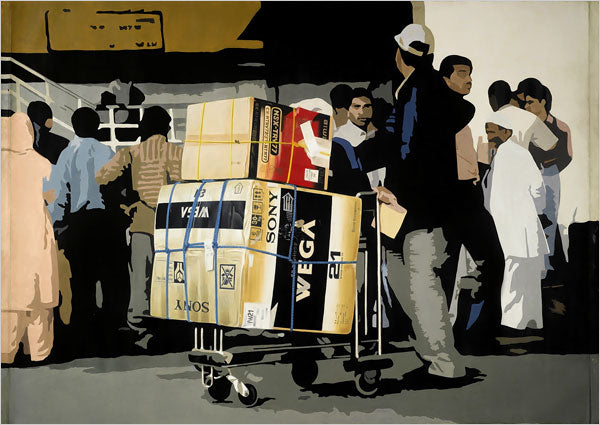
Cow dung was used as a main ingredient in his earlier works, to allude to the Indian belief that cow dung is inherently clean and pure. He even created a controversial video “Pure”, in which he takes a shower to cleanse himself of the dung covering his body.
 (Baskets of brass cow dung cakes, titled 'Gober Ganesha', 2004. Image source: artnet.com)
(Baskets of brass cow dung cakes, titled 'Gober Ganesha', 2004. Image source: artnet.com)
Jitish Kallat
Born in Mumbai, it is the streets, people and the shifting identities of the city that Jitish Kallat explores through his art, comprising painting, sculpture, installations and photography. He has created bronze sculptures based on the wall gildings and ornamentations at the Victoria Terminus train station.
 (Jitish Kallat in his studio. Image source: sachi.org)
(Jitish Kallat in his studio. Image source: sachi.org)
 ('Rickshawpolis 4', 2006, mounted on recreations of bronze gargoyles found in the Victoria Terminus building. Image source: saatchigallery.com)
('Rickshawpolis 4', 2006, mounted on recreations of bronze gargoyles found in the Victoria Terminus building. Image source: saatchigallery.com)
Kallat photocopies images from print media, infuses text and creates pictorial puzzles that look like billboards, political posters and graffiti work. His bold, complex and graphic works showcase the chaos and issues of a city in the midst of the waves of globalization, while focusing on its deprived inhabitants.
 ('Baggage Claim', 2010. Image source: arndtfineart.com)
('Baggage Claim', 2010. Image source: arndtfineart.com)
 ('Aquasaurus', from Kallat's series of bone vehicles. Image source: designbloom.com)
('Aquasaurus', from Kallat's series of bone vehicles. Image source: designbloom.com)
Kallat’s evocative installation “Public Notice 2” uses 4,500 bone-like letters to recreate the historic speech made by Gandhi on the eve of the Dandi March.
 ('Public Notice 2', 2007. Image source: theartstrust.com)
('Public Notice 2', 2007. Image source: theartstrust.com)
He juxtaposes ‘hope’ and ‘deprivation’ in his work “Conditions Apply”, which shows a back-lit image of a waning moon in the form of progressively nibbled rotis.
 ('Conditions Apply 2', 2010. Image source: arndtfineart.com)
('Conditions Apply 2', 2010. Image source: arndtfineart.com)
Jagannath Panda
His home state of Orissa, and the chaotic surroundings of Gurgaon where he now resides, are the main subjects of artist Jagannath Panda’s works.
 (Jagannath Panda. Image source: newindianexpress.com)
(Jagannath Panda. Image source: newindianexpress.com)
His landscape paintings and sculptural installations reflect on his own experiences as a rural migrant and city dweller, to showcase the transitions in India due to intense urbanization.
 ('The Elusive Theater', 2011. Image source: naturemorte.com)
('The Elusive Theater', 2011. Image source: naturemorte.com)
He dwells on the subjects of dislocation, and the conflict between nature and technology, nature and man, and animal and man in the face of rapid development.
 ('The Cult of Survival', 2011. Image source: naturemorte.com)
('The Cult of Survival', 2011. Image source: naturemorte.com)
 ('The Spheres of Existence', 2010. Image source: naturemorte.com)
('The Spheres of Existence', 2010. Image source: naturemorte.com)
His installations and canvases often feature animals as the central protagonist representing human condition. Peacocks roam in concrete jungles, and barren landscapes with felled trees show the city intruding upon it.
 ('The Migrant - Anywhere, Anytime - II', 2011. Image source: naturemorte.com)
('The Migrant - Anywhere, Anytime - II', 2011. Image source: naturemorte.com)
 (An untitled oil on canvas by Jagannath Panda. Image source: artist.christies.com)
(An untitled oil on canvas by Jagannath Panda. Image source: artist.christies.com)
While helping India make a strong imprint on the global art scene, these 4 contemporary artists have also highlighted critical social and economic issues that deserve attention, through their art.


